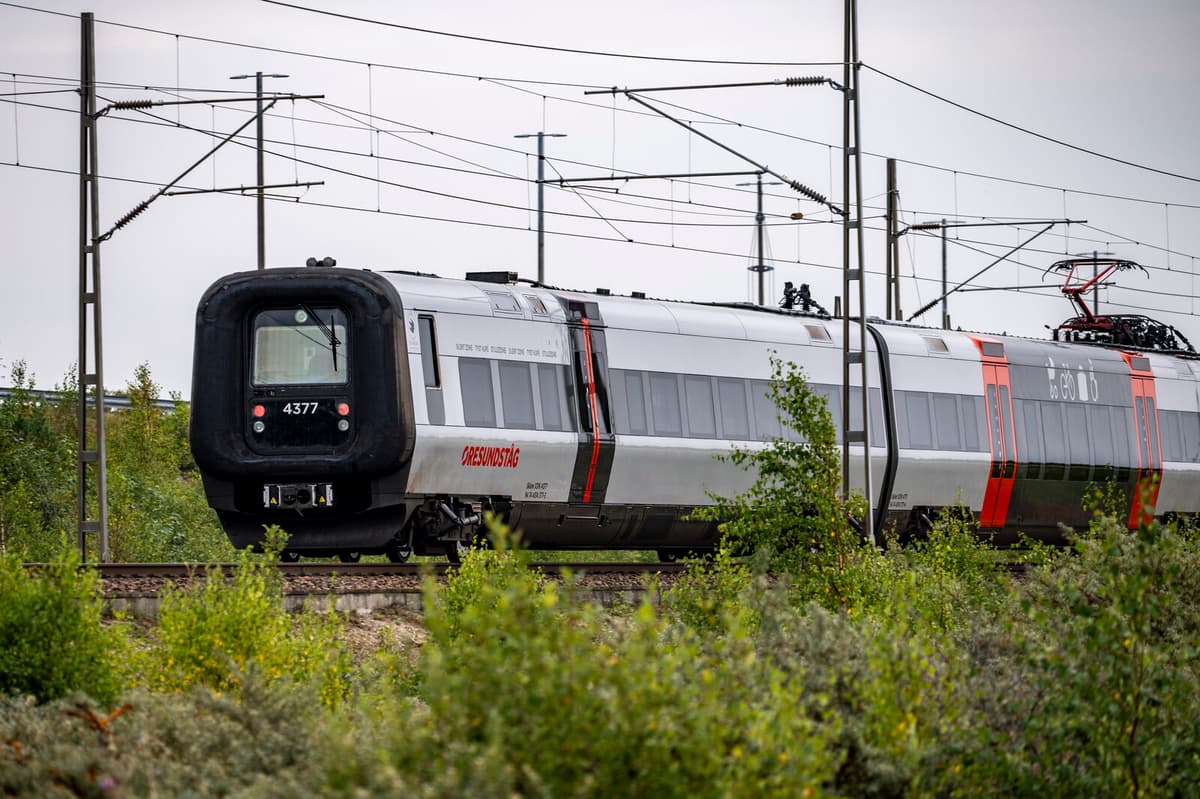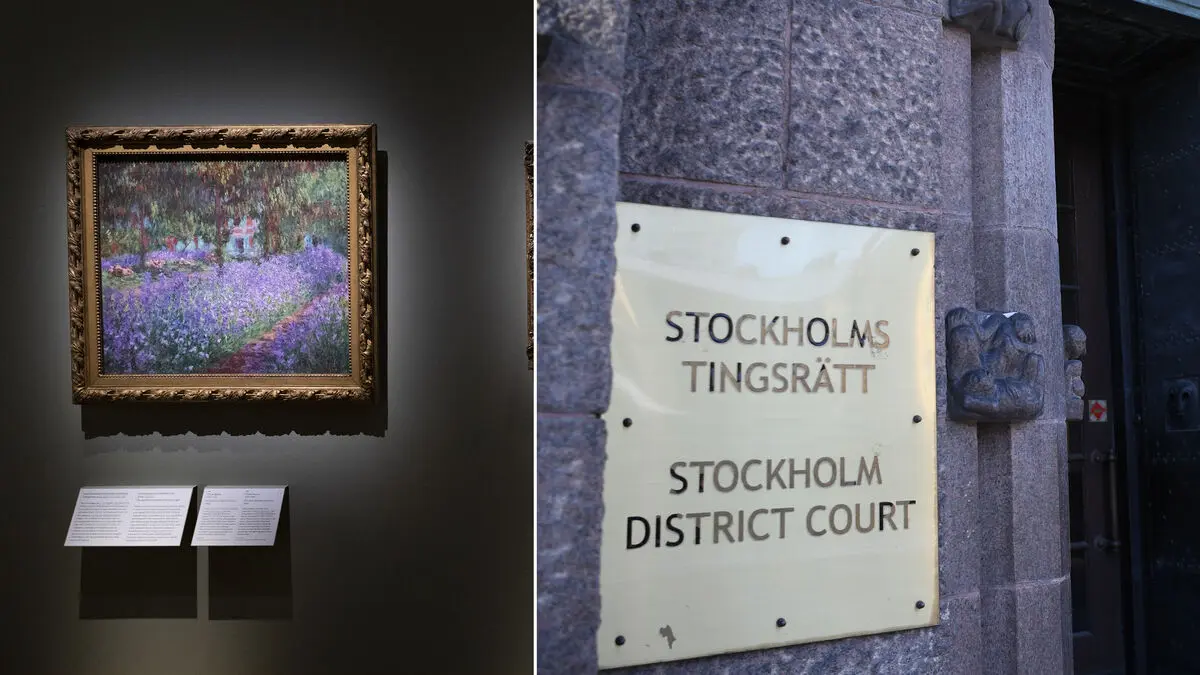In total, a quarter of a million passenger trains trafficked the country's railways during the summer months. 96 percent of these arrived within 15 minutes after the scheduled time according to the figures. Overall, punctuality has improved by 1 percentage point compared to the summer of 2022, and 2 percentage points compared to 2023, according to the Swedish Transport Administration.
All trains that are more than five minutes late to the final station are counted as delayed. The delays are due to roughly equal parts to faults in the infrastructure, such as switches or contact lines, train faults and external causes such as weather or unauthorized persons on the tracks. Nearly 3,000 trains were affected during the summer by track faults.
Two major individual disruptions occurred after a thunderstorm and a power failure in Linköping and Bastuträsk, respectively. Those events are being investigated by the Swedish Transport Administration.
The lines with the highest punctuality were, among others, Gothenburg–Copenhagen (long-distance trains), Åstorp–Helsingborg (commuter trains), Nässjö–Vetlanda (regional trains) and Helsingborg–Halmstad.





